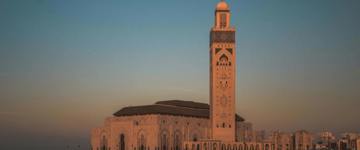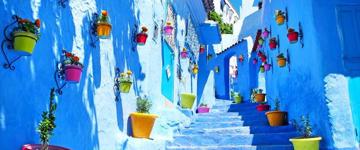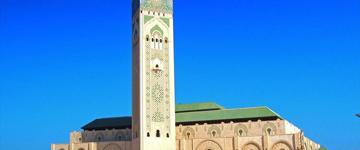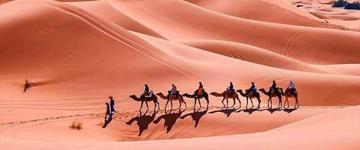Carnival in Bissau
The Guinea-Bissau Carnival is a cultural extravaganza that explodes onto the streets of the capital Bissau during February when the weather is also at its most pleasant.
The carnival takes place over the four days before Lent, is like no other. Although traditionally a Christian celebration, less than 10% of Bissau Guineans call themselves Catholic; the rest worship either Allah or the spirits of the islands and forests. Today's carnival, which has been going for as long as anyone in the city can remember, is, as one long-time Portuguese resident put it, about "local ethnic traditions combined with a Portuguese date." Guineans have taken an imported religious festival and used it as an excuse to have a very big, cultural celebration.
But there is no electricity in the country, and petrol is too expensive for most people to afford. So there are no motorised cavalcades of elaborate expensive costumes or amplified music, as in the grand carnivals of Rio or Venice. Instead, hundreds of groups representing the country's various different tribes charter wooden boats and battered trucks and, wearing costumes made of shells, cow horns, leaves, or the blown-up spined husk of boxfish, pour into the city to show off their culture.
It is one of Africa's most vibrant celebrations in a country that is chaotic and quirky at the best of times. Guinea-Bissau is just twice the size of Wales, dwarfed by its larger, Muslim neighbours, Senegal, to the north, and Guinea Conakry to the south. Spilling into the Atlantic on the west coast of Africa, it is a country of forests and islands, remote areas inhabited by people almost completely cut off from modern life. Once a colony of Portugal, it gained its freedom through a violent 11-year war of independence that ended barely 30 years ago. Since then the country has been under the rule of ruthless dictators and army generals, and emerged just a few years ago from a short but brutal civil war that left the economy shattered.
The country has more than 10 ethnic groups, each with its own language and culture, living side by side in relative harmony. The Muslim Mandinkas and Fulas, with their music that shares ties with the kora and balafon (xylophone) music of Mali and Senegal, tend to live in the interior of the country. The Manjaco and Balanta, with their rounded, lilting rhythms and "telephone drums" that beat out messages to the neighbours, come from the coastal region.



